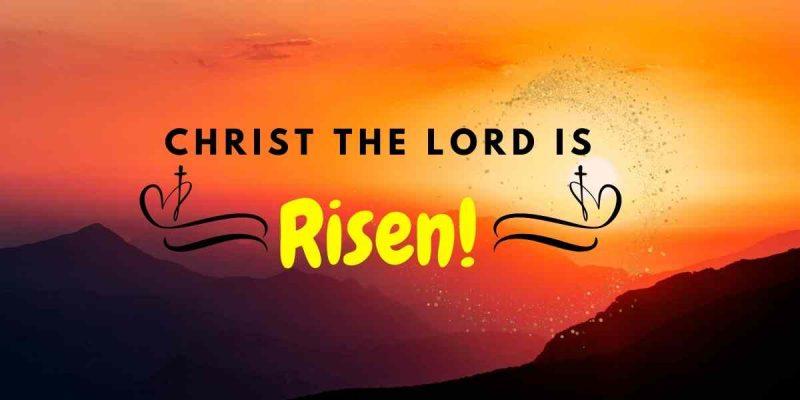Charles Wesley and his brother John had preached to over 7,000 people in the field at the King Charles Artillery Foundry in London, England. The harsh winter winds prompted their purchase of a weapons manufacturing facility that had been deserted and dilapidated for 23 years. It would become The Foundry Meeting House, their church, their home, and the beginning of their missions to the poor. It was purchased for £115. By the time it was renovated, an additional £800 had been poured into it. The church could seat 1500 people in the sanctuary with room for 300 more in the back. The Wesley family occupied the two apartments upstairs. In addition to preaching, the Wesley brothers provided a couple of houses for the poor and elderly, a free school for children who roamed the streets, and a medical dispensary with its own apothecary and surgeon.
The church doors of the Foundry Meeting House opened for the first time on Easter Sunday 1740. In 1739, less than one year after his conversion, Charles Wesley wrote this hymn when military victories were uppermost in the minds of the English because Britain had declared war on Spain. It was inspired by a 14th Century hymn and set to the tune of “Easter Hymn,” a victor’s tune. Originally, Wesley titled his 11-stanza poem “Hymn for Easter Day.”
When it was published in John Wesley’s, First Tune Book: A Collection of Tunes, Set to Music, as they are Commonly Sung at the Foundry”, it had been revised to include “Alleluia!” at the end of each line. This was not part of the original hymn. Adding “Alleluia!”, “Praise the Lord!”, was a better match for the meter of this deeply theological hymn. “Alleluia”, a word closely associated with the early church, was used when Christians would greet each other on Easter morning. They would declare, “Alleluia! He is risen!” to which the reply would be, “Alleluia! He is risen indeed!” Words spoken with emphatic joy, thanksgiving, and triumph. An early church leader and Bible translator, Jerome, writes that “the very ceilings of houses of worship were often shaken with the reverberating alleluias when believers sang their praises to God.”
A converted weapons manufacturing plant for King Charles at the turn of the century became home to what is considered by many to be the definitive Easter anthem 35 years later. Wesley wrote this triumphant hymn for the inaugural service at the Foundry Meeting House. The tune’s cadence reinforces the metaphorical depiction of victory. Jesus Christ is King of Kings, our Victorious Warrior. He has vanquished death and all the powers of the enemy.


